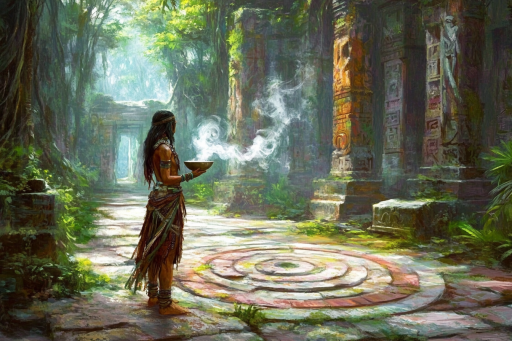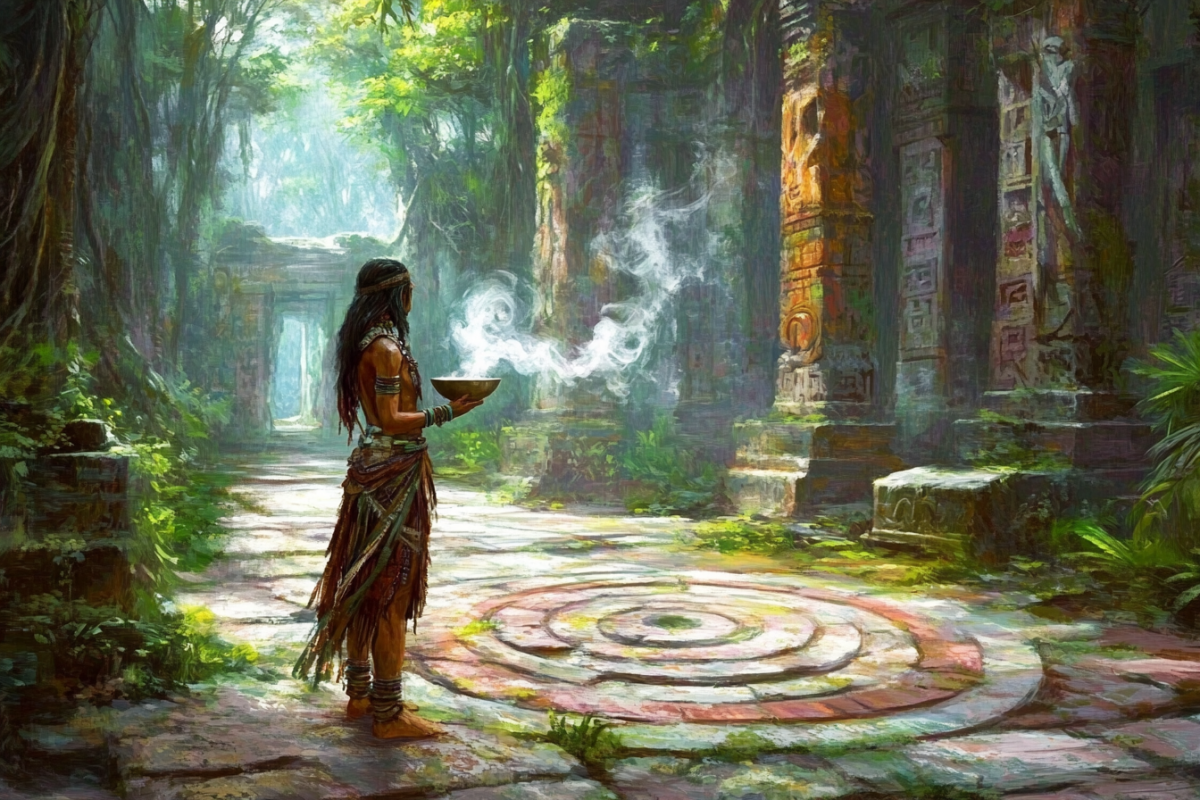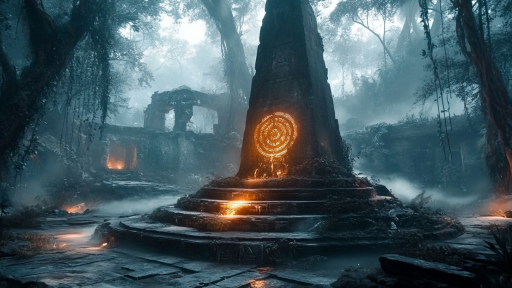
For centuries, civilizations across the world have turned to nature’s most potent substances to connect with the divine, transcend the physical realm, and unlock hidden knowledge. From sacred brews that induced visions of gods to plant extracts that transported shamans into unseen dimensions, these powerful compounds shaped religious and spiritual practices. Some were revered as gifts from deities, while others were feared for their unpredictable effects. Step back in time and explore the ancient mind-altering substances that were once believed to bridge the gap between the human and the supernatural.
Ayahuasca: The Vine of Souls
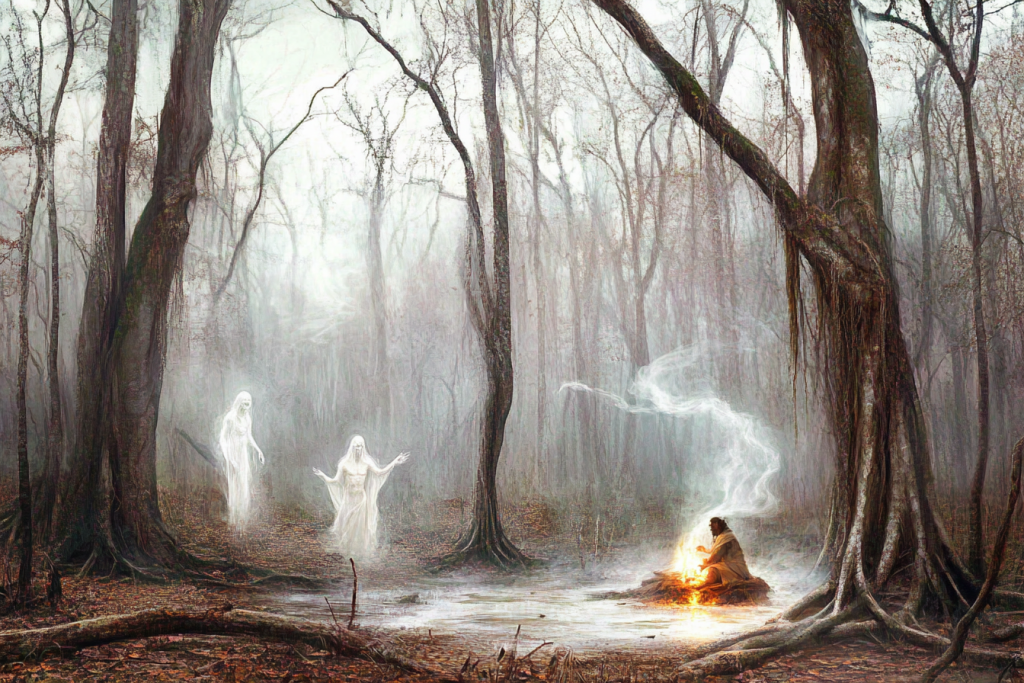
Deep in the Amazon rainforest, indigenous shamans have long brewed a powerful potion known as ayahuasca. Made from the Banisteriopsis caapi vine and other psychoactive plants, this hallucinogenic tea induces intense visions, often interpreted as spiritual revelations. Used in sacred ceremonies, it was believed to provide insight, healing, and a direct connection to ancestral spirits. The experience is not for the faint-hearted—those who drink ayahuasca often describe encountering otherworldly beings and reliving past traumas.
Blue Lotus: The Flower of Euphoria

The ancient Egyptians revered the blue lotus for its ability to induce a state of blissful relaxation and mild euphoria. Depictions of the flower appear in tomb paintings and temple carvings, suggesting its role in religious rites and celebrations. When steeped into a tea or soaked in wine, the flower’s psychoactive compounds created a dreamlike sensation, believed to bring worshippers closer to the divine. Pharaohs and priests alike used it to achieve enlightenment, unlock hidden wisdom, and enhance their spiritual experiences.
Soma: The Elixir of the Gods

In ancient Vedic texts, Soma was described as a sacred drink that granted immortality and divine knowledge. Though its exact ingredients remain a mystery, scholars speculate it may have been derived from psychedelic mushrooms or other hallucinogenic plants. Consumed by priests and seers, it was said to induce powerful visions and unite the drinker with celestial forces. The Rigveda, one of the world’s oldest scriptures, speaks of Soma as the very essence of divine inspiration.
Peyote: The Cactus of Visions

For thousands of years, Native American tribes have used peyote in sacred ceremonies to induce profound spiritual experiences. The small, spineless cactus contains mescaline, a potent hallucinogen that produces vivid visions, emotional introspection, and deep communion with nature. Shamans believed peyote allowed them to speak with spirits, receive guidance, and heal the sick. Even today, it remains a key component of rituals among certain indigenous groups, protected as a sacred sacrament.
Cannabis: The Sacred Herb
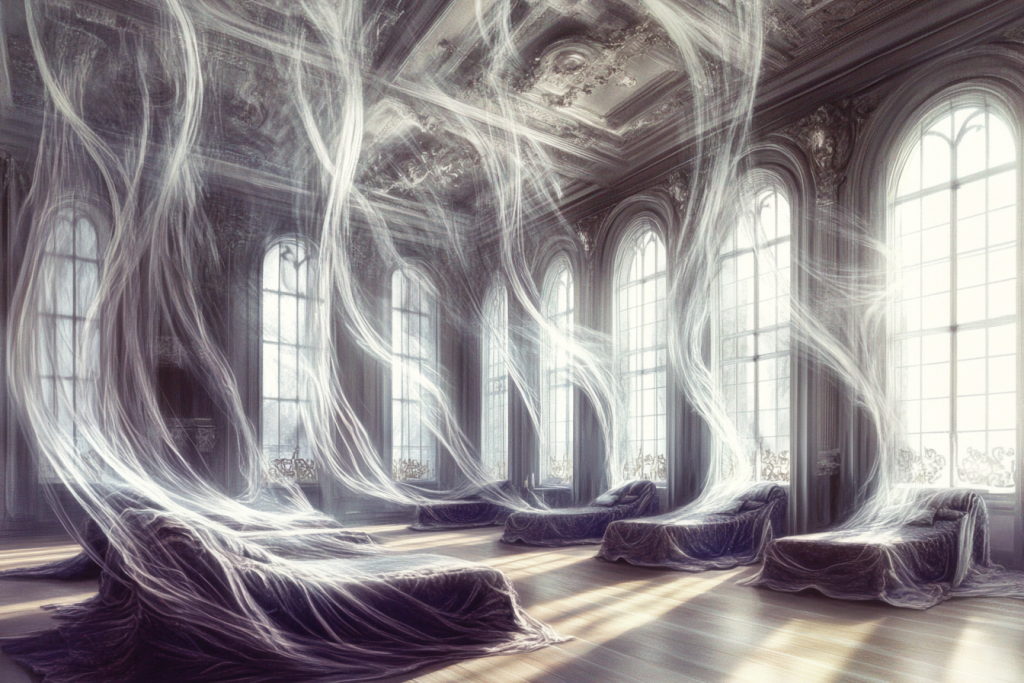
Long before it became a controversial modern-day topic, cannabis was used in ancient religious and healing practices across multiple cultures. In India, it was associated with Shiva and used in rituals to achieve altered states of consciousness. In ancient China, Taoist shamans burned cannabis to enter trances and communicate with spirits. Whether smoked, brewed into tea, or burned as incense, it was seen as a bridge between the physical and spiritual worlds.
Opium: The Gift and Curse of the Gods
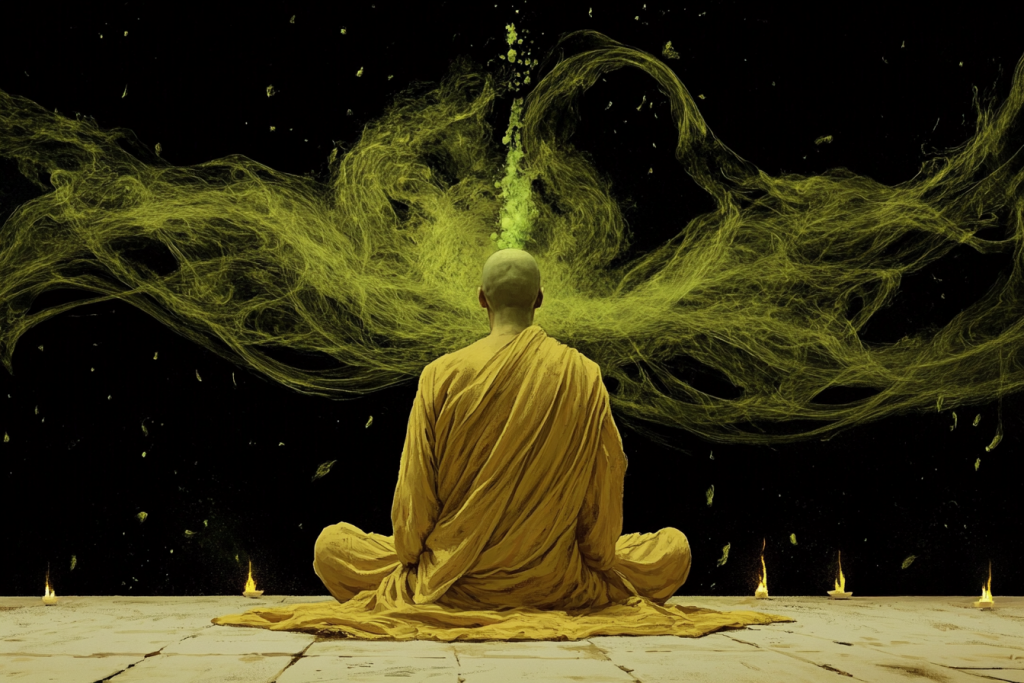
Ancient civilizations from Mesopotamia to Greece praised opium for its ability to ease pain and transport the mind into euphoric realms. Used by priests and healers, the substance was believed to bring prophetic dreams and visions. In some cultures, it was regarded as a divine gift, while in others, its addictive properties made it a feared and controlled substance. Even as it became entwined with history’s darker chapters, its use in religious rituals remained a testament to its power.
Kykeon: The Mystery Drink of the Greeks
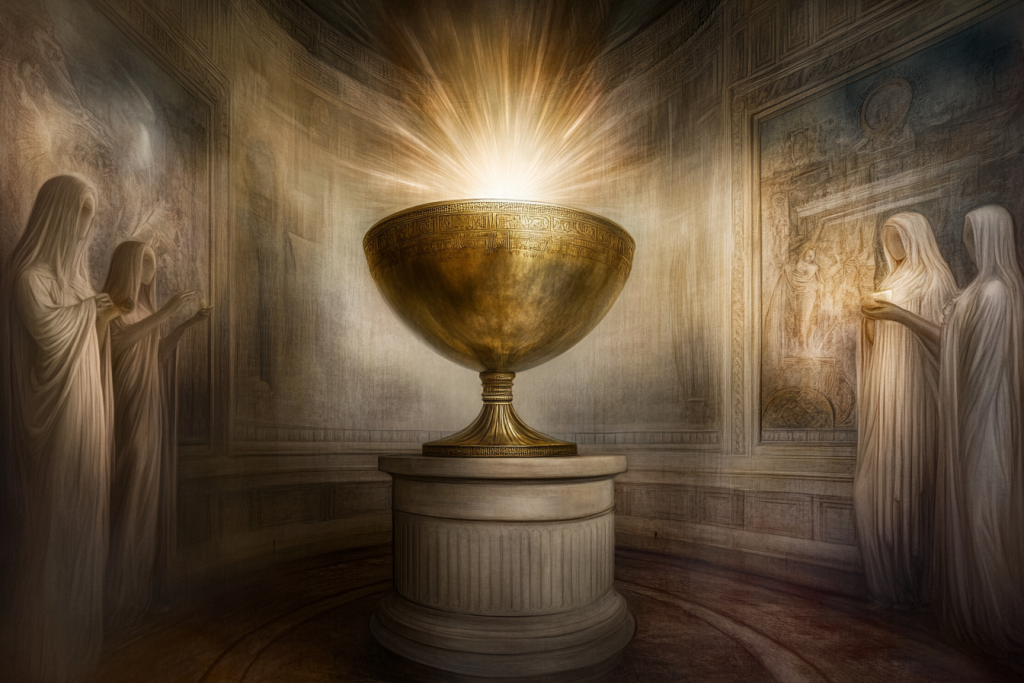
In ancient Greece, initiates of the Eleusinian Mysteries consumed a sacred drink called kykeon, believed to contain psychoactive properties. The potion was central to a secretive religious ceremony dedicated to Demeter and Persephone, promising visions of the afterlife and deep spiritual awakening. Some historians suggest kykeon may have been laced with ergot, a fungus that produces LSD-like effects. Whatever its true composition, those who partook swore they glimpsed divine truths beyond human understanding.
Fly Agaric: The Mushroom of the Shamans

The striking red-and-white fly agaric mushroom has been used for centuries by Siberian shamans in mystical rituals. Consuming it led to intense hallucinations, feelings of flight, and altered perceptions of reality. Shamans believed the mushroom allowed them to enter other dimensions, communicate with spirits, and foretell the future. Some theorists even suggest it may have played a role in the origins of Santa Claus, with its red-and-white colors mirroring the shamanic robes of northern tribes.
Coca Leaves: The Sacred Energy Source
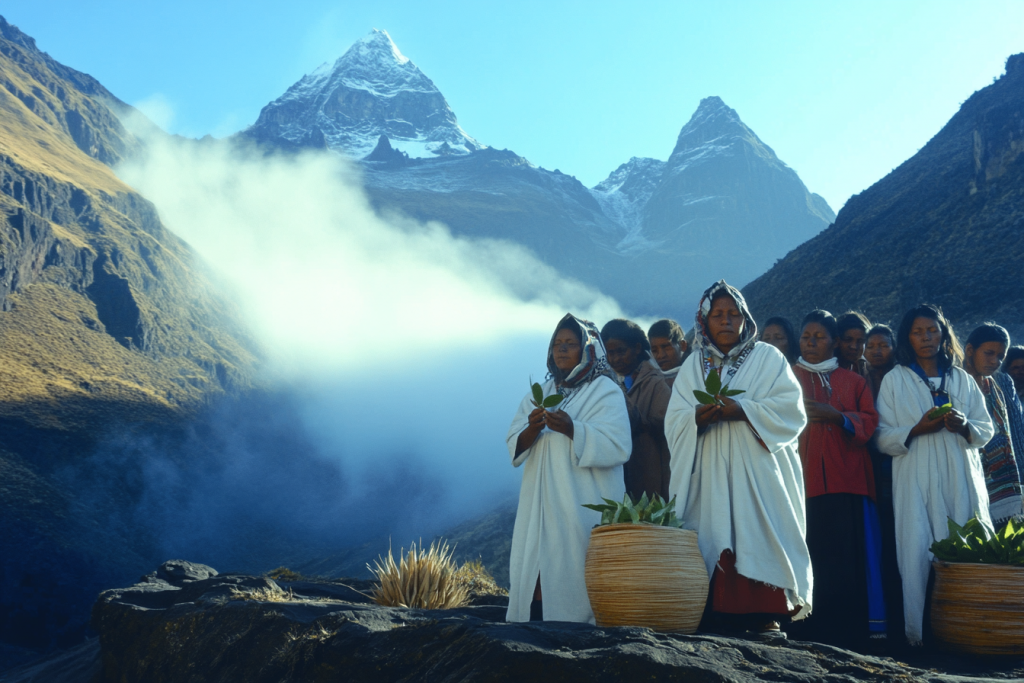
In the Andean mountains, indigenous people have long chewed coca leaves to enhance endurance, ward off hunger, and enter states of heightened awareness. Used in religious ceremonies, the leaves were believed to carry the wisdom of the gods and connect humans with the spirit world. While modern society recognizes coca for its more infamous derivative, ancient cultures saw it as a sacred plant that sustained life and ritual. Even today, it remains a key part of traditional Andean spirituality.
Datura: The Plant of Nightmares and Prophecies

Datura, also known as the “Devil’s Trumpet,” was used in ancient rituals, but its effects were often as terrifying as they were enlightening. The plant’s powerful hallucinogens could induce out-of-body experiences, vivid dreams, and even temporary insanity. Some cultures believed it granted the ability to speak with spirits or see into the future, while others feared its unpredictable nature. Shamans handled it with extreme caution, knowing that its power could easily slip beyond their control.
Mandrake: The Root of Sorcery

Throughout history, the mandrake root has been linked to magic, mystery, and mind-altering effects. Ancient civilizations, from the Greeks to the Middle Ages, believed it contained potent hallucinogenic and anesthetic properties. Some claimed that when pulled from the ground, the root would release a piercing scream capable of driving people mad. Used in witchcraft, religious rituals, and even early medicinal practices, mandrake blurred the line between the natural and the supernatural.
Do We Still Seek the Same Truths?

Throughout history, humans have turned to nature’s most potent substances in pursuit of enlightenment, healing, and divine connection. While modern science seeks to understand their effects, ancient cultures embraced their mysteries without hesitation. Whether these substances unlocked hidden dimensions or merely altered perception, their role in shaping spiritual traditions is undeniable. The question remains—are we still searching for the same answers, just in different ways?

